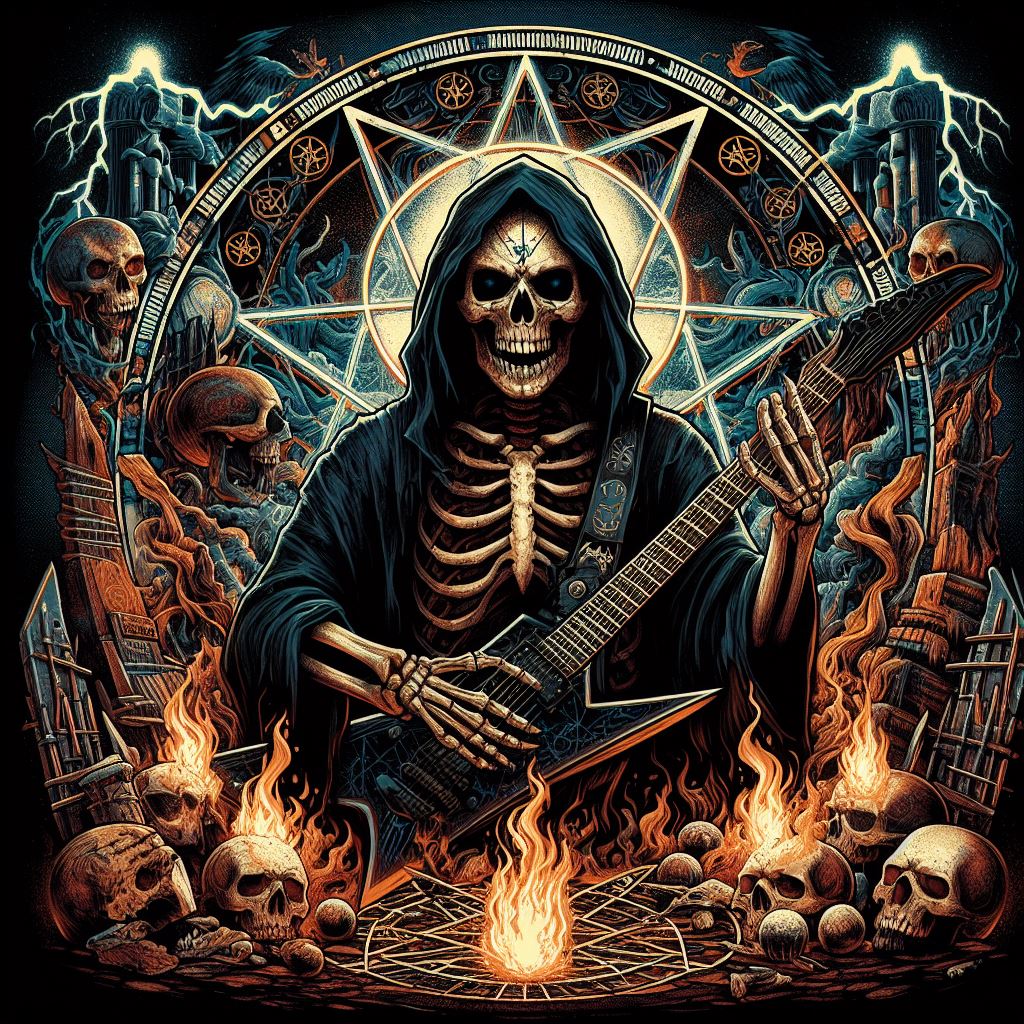Mastodon, the Atlanta-forged titans of heavy metal, have carved a unique path in the genre. Their music, a potent blend of progressive metal, sludge, and dashes of psychedelia, has garnered them a dedicated fanbase and critical acclaim, culminating in a Grammy win in 2018. But the story of Mastodon begins not on grand stages, but in a sweaty Atlanta basement in 2000.
Fueled by a shared love for sludge metal pioneers Melvins and Neurosis, alongside the iconic riffs of Iron Maiden and Thin Lizzy, fate brought together drummer Brann Dailor and guitarist Bill Kelliher, both fresh off a move from New York. At a High on Fire show (a band Brent Hinds, future Mastodon guitarist, was in at the time), they met bassist Troy Sanders and Hinds himself. A musical connection sparked, and within weeks, Mastodon was born.
Their early days were a baptism by fire. The band, with a lineup solidified by 2001 (Sanders on vocals and bass, Hinds and Kelliher on guitars, and Dailor on drums), honed their sound through relentless touring. They played anywhere that would have them – basements, dive bars, you name it – building a reputation for their intense live shows. Their 2000 demo, initially titled “Nine Song Demo” but later known as “Lifesblood,” showcased their raw potential, a blend of pummeling riffs and intricate song structures.
In 2002, their relentless efforts paid off with the release of their debut album, “Remission.” The album, a ferocious display of technicality and brutality, caught the attention of the underground metal scene. Tracks like “Crusher Destroyer” and “Mother Puncher” became instant classics, showcasing the band’s ability to weave melody into their crushing soundscapes.
Mastodon didn’t rest on their laurels. Their follow-up album, 2004’s “Leviathan,” marked a turning point. A concept album based on Herman Melville’s Moby Dick, “Leviathan” displayed a newfound ambition. The sprawling, epic tracks explored a wider range of influences, incorporating progressive rock elements alongside their signature sludge attack. It cemented their reputation as a band unafraid to push boundaries.
The band continued to experiment and evolve with each subsequent release. 2006’s “Blood Mountain” saw them delve deeper into progressive territory, with tracks like “The Czar” showcasing their knack for complex arrangements and soaring vocals. 2009’s “Crack the Skye” took a further leap, weaving a loose narrative about addiction and existentialism into a stunning tapestry of sound.
Mastodon’s willingness to experiment didn’t go unnoticed by the mainstream. Their 2011 album, “The Hunter,” marked their most commercially successful release to date. Tracks like “Curl of the Burl” and “Spectrelight” showcased a more accessible sound, without compromising their signature heaviness. This newfound accessibility culminated in their 2014 Grammy win for Best Metal Performance for the song “Sultan’s Curse” from “The Hunter.”
Despite their success, Mastodon never strayed from their core identity. Their subsequent albums, “Once More ‘Round the Sun” (2015) and “Emperor of Sand” (2017), continued to explore new sonic territories while retaining their trademark intensity.
Today, Mastodon stands as one of the most influential and respected bands in contemporary metal. Their ability to blend brutality with melody, progressive elements with sludge, has created a sound that is uniquely their own. From their basement beginnings to Grammy glory, Mastodon’s journey is a testament to their relentless pursuit of musical innovation and their unwavering dedication to their craft.

Leave a Reply
You must be logged in to post a comment.